Worn Brake Pads: How to Spot Them and Keep Your Car Safe
If you’ve ever heard a squeal when you brake, you’ve probably wondered if it’s just a one‑off noise or a sign of something bigger. The truth is, worn brake pads are one of the most common reasons for that sound, and ignoring them can cost you more than a quick repair. In this guide we’ll break down the easiest ways to tell if your pads need attention, when you can replace just the rear pads, and how to save money without risking safety.
Common Signs Your Brake Pads Need Replacing
First up, listen. A high‑pitched squeal or grinding metal noise means the friction material is almost gone and the metal backing is touching the rotor. If you feel a pulsating brake pedal, that’s usually a sign the pads are unevenly worn or the rotors are warped.
Another tell‑tale sign is a longer stopping distance. When pads thin out, they can’t clamp down hard enough, so you’ll notice the car takes a bit more road to stop. Finally, check the visual wear indicator. Many pads have a small groove that disappears as the material wears away – if the groove is gone, it’s time for new pads.
Front vs. Rear Pad Replacement – What You Should Know
Most drivers think they have to replace all four pads at once, but that’s not always necessary. Front pads typically wear faster because they handle most of the braking force. Rear pads, especially on lighter cars, can last longer. If only the rear pads are squeaking and the front pads still have plenty of material, swapping just the rear set is safe – provided the wear is even and the calipers are in good shape.
That said, you should always measure the thickness. Anything under 3mm on the front or 4mm on the rear is a red flag. Replacing only one side (front left but not right) can cause uneven braking and pull the car to one side, which isn’t safe.
Cost‑wise, a set of rear pads is usually cheaper than a full kit, and the labor can be half the time. If you’re comfortable with basic DIY, swapping rear pads yourself can save you $30‑$50 on labor. All you need is a jack, a lug wrench, and a simple brake pad tool – most auto stores will walk you through the steps.
One more thing: don’t forget the brake fluid. When you replace pads, the caliper pistons push out a bit of fluid. If the fluid is old or dirty, it can affect pedal feel. Flushing the fluid every two years keeps the system responsive and extends pad life.
In short, pay attention to noises, pedal feel, and visual wear. Replace front pads when they’re below 3mm, rear pads below 4mm, and you can mix‑and‑match if the wear is uneven. Keep the fluid fresh, and you’ll enjoy smoother stops and a longer brake system life without breaking the bank.
 20 October 2025
20 October 2025
How to Check If Brake Pads Are Worn - Simple DIY Guide
Learn how to spot worn brake pads, measure their thickness, and know when to replace them-simple DIY steps plus a handy checklist.
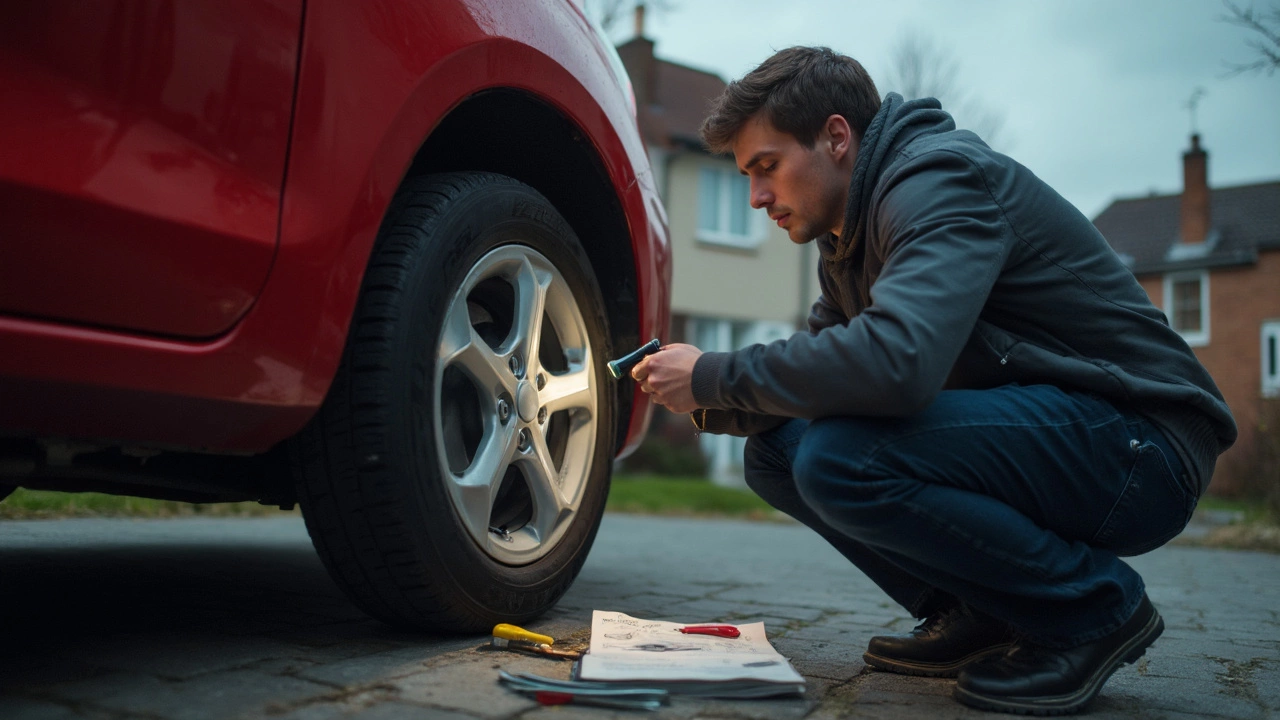 8 June 2025
8 June 2025
Brake Pads: How to Tell If They're Bad
Knowing when brake pads are bad can save you from scary moments on the road and expensive repairs. This article breaks down the warning signs that your brake pads need attention. You'll find out what noises, vibrations, and changes in brake feel really mean. We'll talk about why ignoring worn pads is risky and how to check them yourself. The tips here can help keep your ride safe and smooth.
 23 April 2025
23 April 2025
Brake Pads Worn Out? Spot the Red Flags Before It's Too Late
Not sure if your brake pads are shot or still have some life in them? Knowing the signs can save you from scary stops or an even scarier repair bill. This article breaks down all the classic warning signals that your brake pads are worn out. You'll find relatable tips, easy inspection tricks, and why ignoring these signs could cost you more than just money. Stay safe on the road and keep your brakes in top shape.
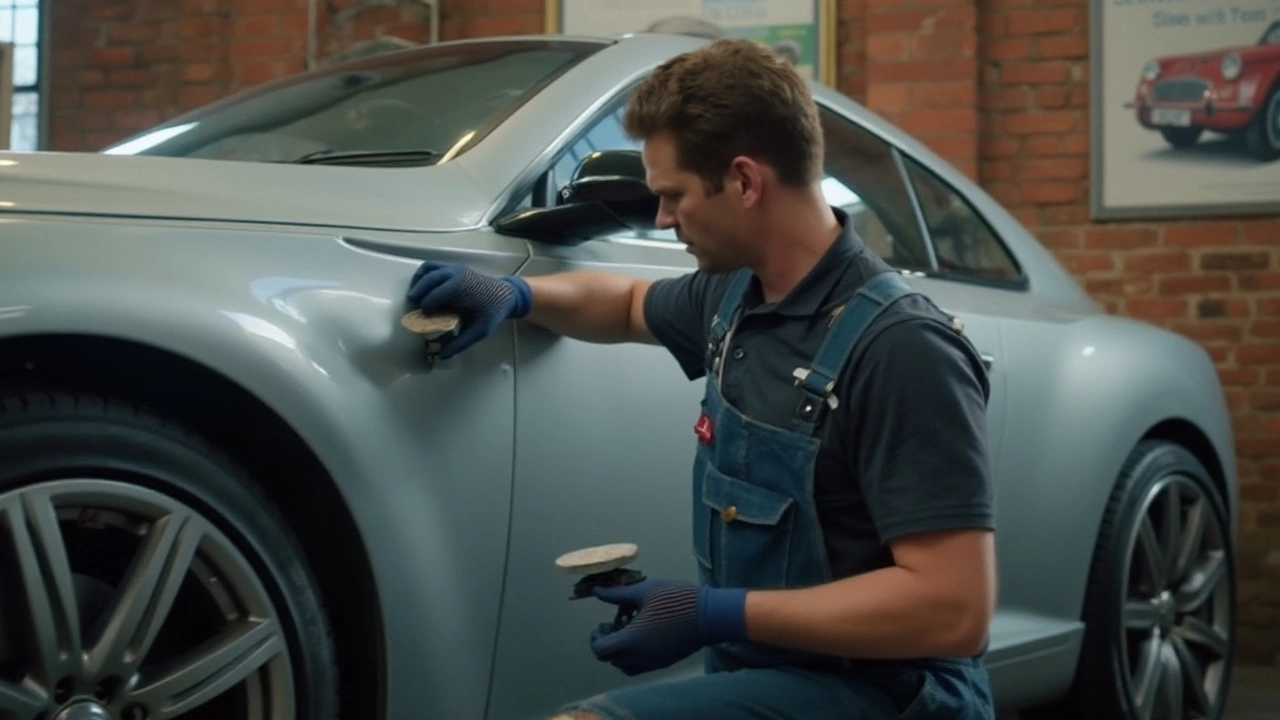 3 January 2025
3 January 2025
Essential Tips for Identifying Worn Brake Pads
Discover practical ways to determine if your brake pads are wearing out. Learn about the various warning signs that your brakes may display when they need attention, from unusual noises to visual checks. Understand why maintaining healthy brake pads is crucial for your vehicle's safety and performance. Stay informed with useful tips for prolonging the life of your brake pads, saving you potential time and expense.

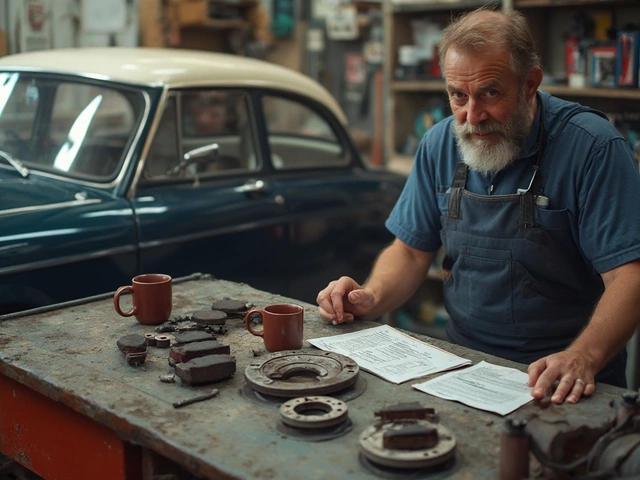
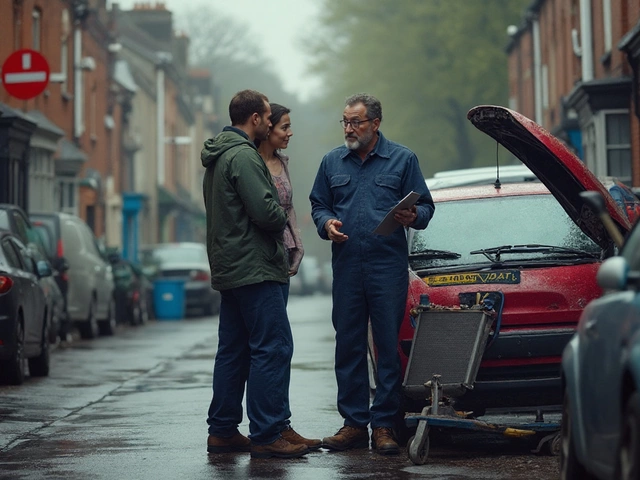


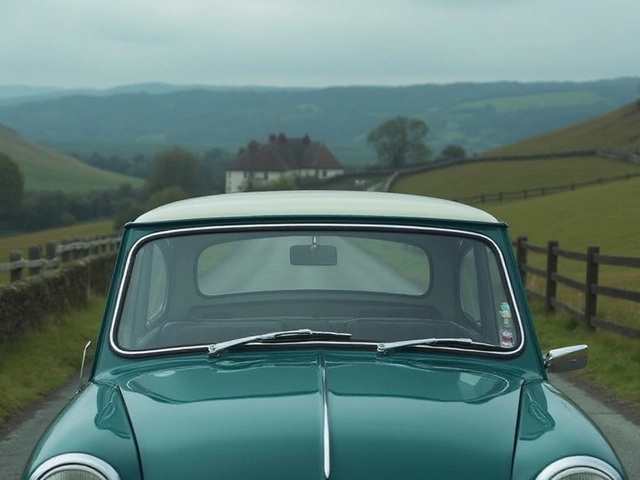
0